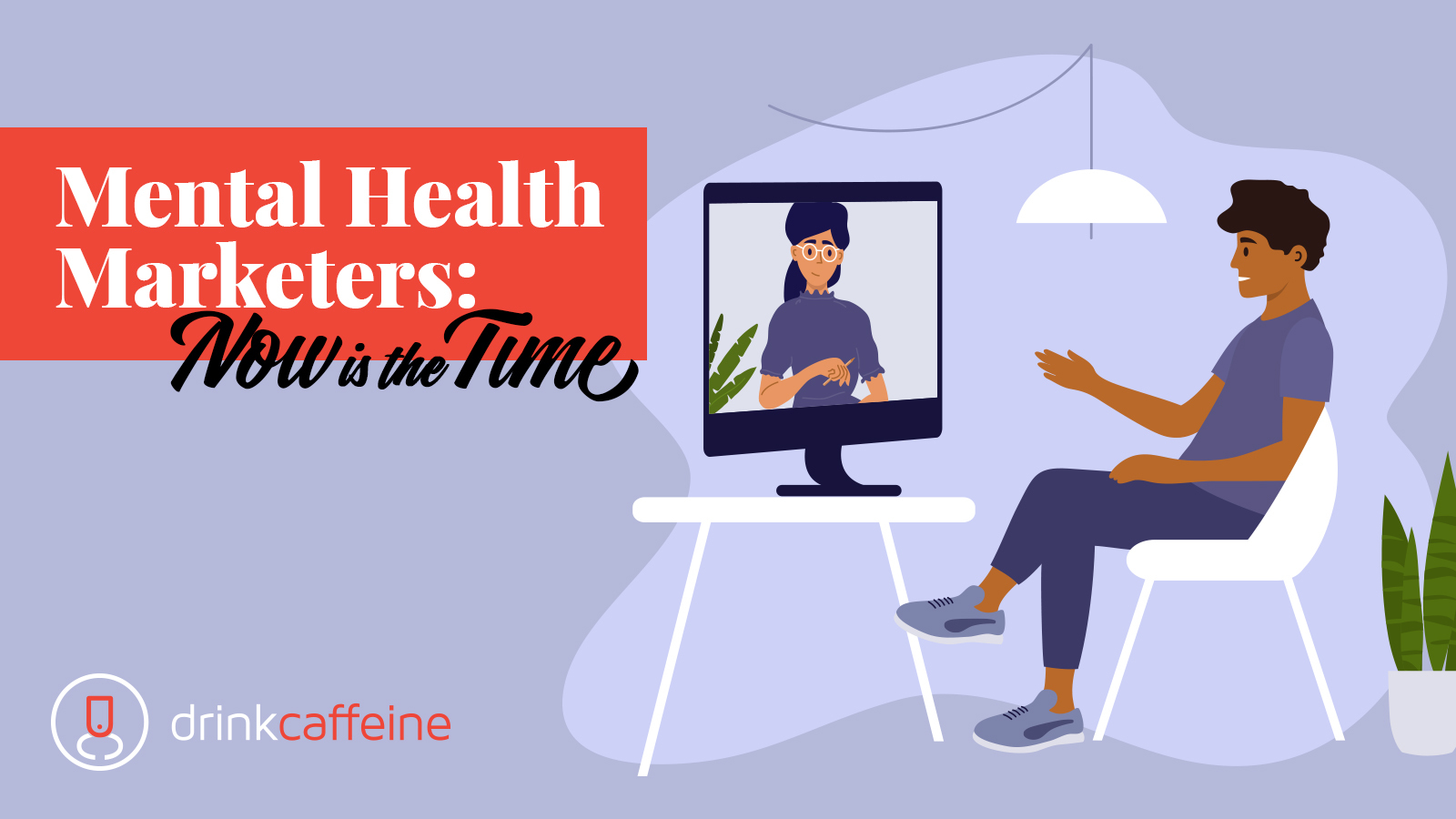Approximate reading time: 3 minutes
Before the pandemic, mental and behavioral health was suffering from some all-too-familiar symptoms: misunderstood, marginalized, and stigmatized.
A 2019 quantitative mental health perception study had this rather eyebrow-raising McNugget: “one in four U.S. adults did not believe depression, anxiety, substance use, eating disorders, or autism were a form of mental illness.”
Wow. When 25% of the adult population does not view the most common serious mental health conditions as illnesses, then mental and behavioral health marketers have some tough sledding ahead.
But then came the pandemic. Mental health issues have suddenly gone mainstream, and now is an optimal time for marketers to catalyze the migration of mental healthcare into the zeitgeist.
Here are 3 specific ways to create patients who are more engaged with mental and behavioral health services, programs, and issues.
1. Create a branded program
Example: Rethinking the opioid crisis
When the opioid crisis in CT was first escalating, we created a statewide opioid education campaign called Change the Script, intended to change the story of how we view substance use disorder, and increased prescriber engagement with the state prescription monitoring system – a key component in reducing the outflow of prescription opioids.
Change the Script is now entering its 4th year, reaching into malls, mass media, and even motor vehicle graphics as substance use disorder moves more fully into the mental health field.
The point: Branded communications campaigns with a fresh message can be structured to re-frame and inform perceptions and decisions about health issues.
2. Use microsites & toolkits
Another related mainstream mental health issue is how to keep employees mentally healthy, especially as they recover from substance use issues, which incur $400 billion a year in healthcare costs (NIH).
A solution: Create a Recovery Friendly Workplace Toolkit for employers, with best practices, policy statements, internal communications tools, and resources for employee training and education. The kit enables employers to deal with behavioral health as a health issue rather than as a personal failure or workplace discipline issue.
3. Develop Telehealth
There were clear signs of could be well before the onset of the pandemic. Now, it has caught on quickly.
We’re advising clients in mental healthcare delivery to brand Telehealth as an area of expertise, and communicate about it correctly to consumers. We suggest branded graphics, clear standards and practices, safety, privacy, and ease of use, all communicated in video-based web content like this example from SimplePractice.
Pursuing the mission of mental health
If 1 out of every 20 Americans lives with serious mental illness then there’s an audience ready for the right message about mental and behavioral health.
If you’re ready to get the message out, talk to us.


